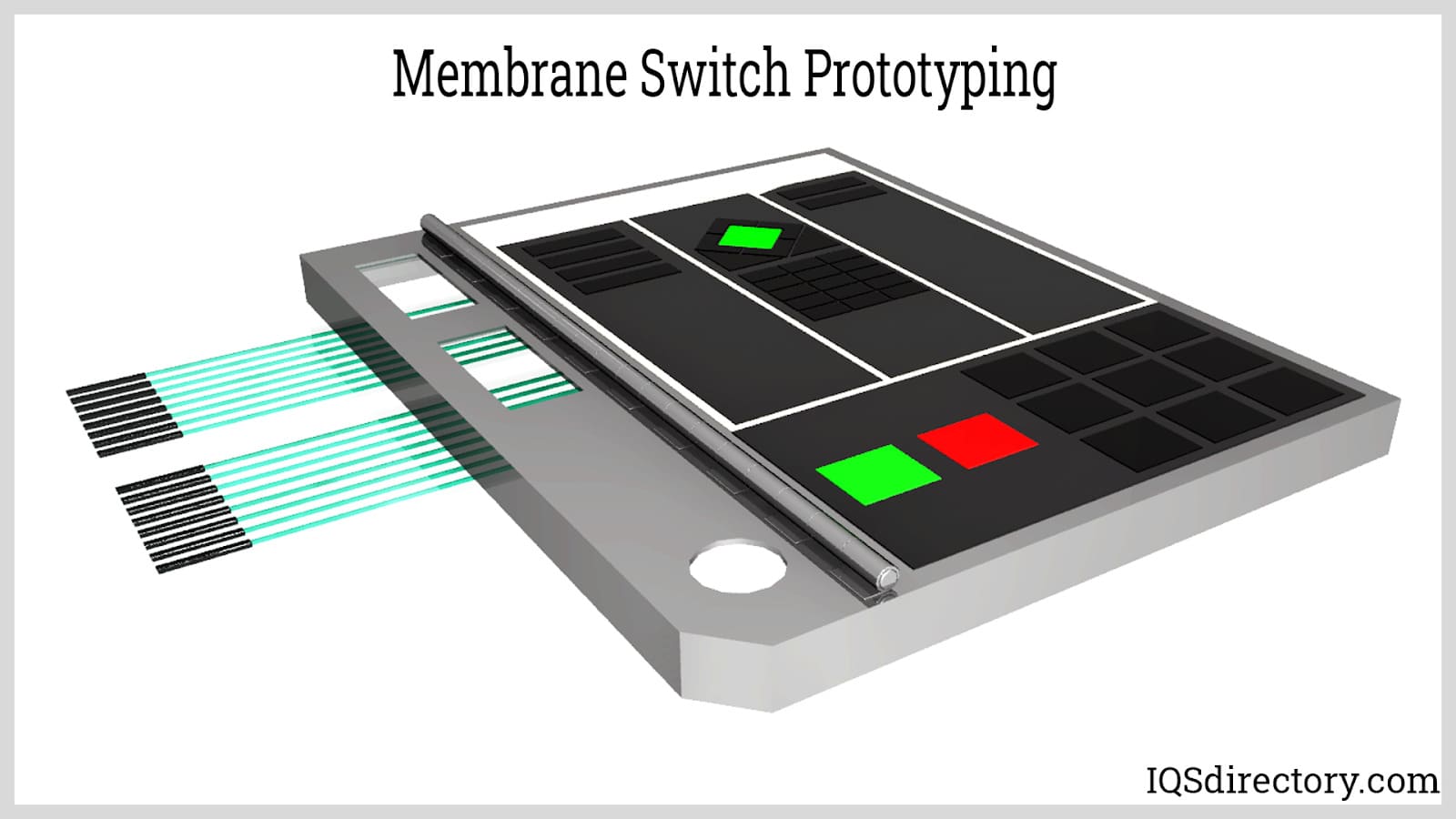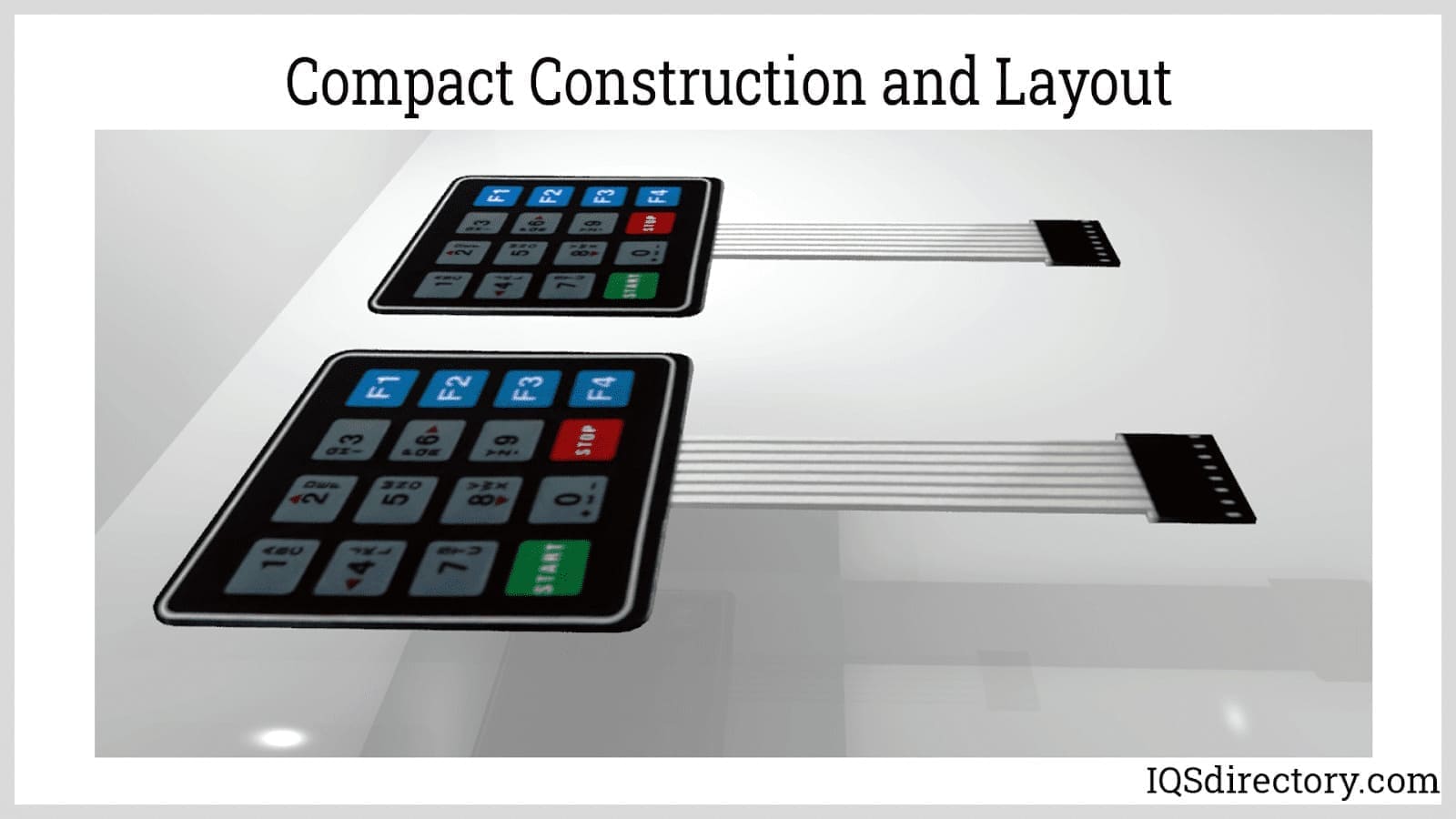Check Out Various Sorts Of Membrane Switch Technologies for Your Needs
Check Out Various Sorts Of Membrane Switch Technologies for Your Needs
Blog Article
Recognizing the Performance of Membrane Switches Over for Interface Instruments
The capability of membrane layer changes stands for a substantial development in individual interface style, incorporating performance with visual convenience. As sectors progressively focus on customer experience, comprehending the nuances of membrane button technology becomes crucial.
What Are Membrane Switches?
Membrane layer switches are innovative user interface devices that assist in user interaction with digital devices. These functional elements include multiple layers, consisting of a visuals overlay, spacer, and a printed circuit layer. The layout enables a smooth integration into various electronic tools, enhancing both the aesthetic and practical aspects of interface.
Membrane switches are typically used in a variety of applications, from family appliances to industrial machinery and clinical tools. Their construction generally features a slim profile, making them a suitable choice for compact designs. The tactile comments given by these buttons can be engineered to meet details individual preferences, making sure effective communication between the individual and the device.
Resilience is an additional substantial benefit of membrane layer buttons, as they are resistant to dirt, wetness, and chemicals, which improves their lifespan popular atmospheres. In addition, these switches can be personalized in terms of shape, size, and graphic style, enabling branding and user-specific functions. Generally, membrane switches over represent a sensible service for boosting user experience in digital tools, combining capability with visual allure in an effective manner.
Just How Membrane Switches Work
Operating on a simple concept, membrane changes make use of a split building and construction to register customer input successfully. Each button includes numerous layers, including a printed circuit layer, a spacer layer, and a leading visuals layer, which are designed to interact perfectly. When an individual presses the top layer, it compresses the spacer layer, bringing the conductive elements of the circuit layer into contact with each various other.
This call produces a shut circuit, signifying the device to implement a particular feature. The design permits for different configurations, including responsive comments, which can boost the individual experience by giving a physical experience upon activation. The products made use of in membrane layer switches typically consist of versatile substratums, such as polyester or polycarbonate, which guarantee durability and durability against deterioration.

Key Advantages of Membrane Switches

Another significant benefit is their compactness. Membrane layer buttons are slim and light-weight, which makes it possible for producers to conserve area in their devices without compromising functionality. This function is particularly useful in applications where weight and quantity are important factors to consider.
Furthermore, membrane buttons are immune to dirt, moisture, and chemicals, improving their longevity. This durability expands their life expectancy and decreases the demand for constant replacements, resulting in expense savings with time.
In addition, the responsive responses provided by membrane layer buttons can be maximized to enhance user interaction. They can include features such as increased buttons or audible clicks, improving functionality and individual experience.
Applications Throughout Industries
Interface devices utilizing membrane switches prevail in a vast array of sectors, showcasing their adaptability and capability. Membrane Switch. In the clinical field, membrane switches are essential to tools such as diagnostic equipment and individual surveillance systems, where their resilience and simplicity of cleaning are essential for preserving health standards. Likewise, in the auto sector, these switches are employed in dashboard controls and infomercial systems, providing a smooth and modern-day interface for customers.
Additionally, the consumer electronic devices sector benefits from membrane switches in appliances and handheld gadgets, where portable style and straightforward user interfaces improve individual experience. Industrial applications additionally utilize membrane changes for control panels in machinery and automation systems, highlighting their toughness and resistance to rough environments.
In the aerospace and protection industries, membrane switches are utilized in cockpit controls and devices, where reliability and performance under extreme conditions are extremely important. Furthermore, the video gaming sector increasingly includes membrane switches in controllers and game machines, adding to an engaging user experience. In i was reading this general, the convenience of membrane switches enables their extensive use across countless fields, underscoring their significance in contemporary interface layout.
Future Trends in Membrane Layer Switch Over Modern Technology

In addition, using advanced products, such as polycarbonate and polyester movies, is expected to increase, offering enhanced resilience and resistance to ecological stress factors. These materials contribute to the total long life of membrane buttons, making them suitable for harsher commercial applications.
Furthermore, the consolidation of smart innovation, including IoT connectivity, will enable membrane layer buttons to connect with various other gadgets and systems, helping with a more interactive customer experience. This fad aligns with the expanding demand for smart devices throughout various sectors, from health care to consumer electronic devices.
Lastly, customization choices are prepared for to broaden, enabling manufacturers to develop bespoke solutions customized to particular customer needs and preferences. These advancements will certainly place membrane layer switches as important components in the evolution of interface innovation.
Final Thought
In conclusion, membrane layer changes represent a crucial advancement in individual interface technology, supplying a reputable and functional solution for varied electronic applications. As developments in product science and touch picking up modern technologies proceed, the functionality and applicability of membrane layer a fantastic read buttons are expected to broaden, use this link strengthening their relevance in contemporary electronic tools.
Report this page